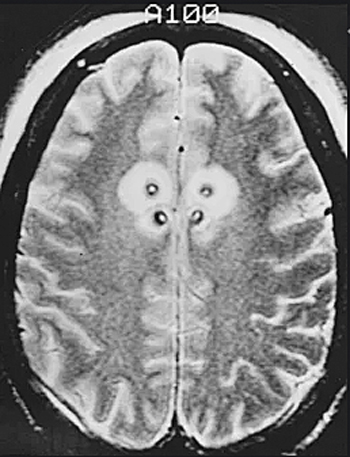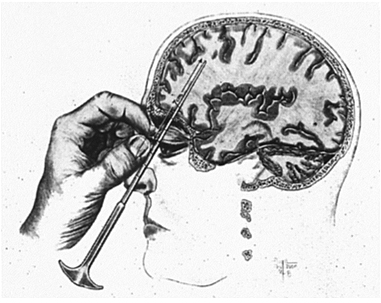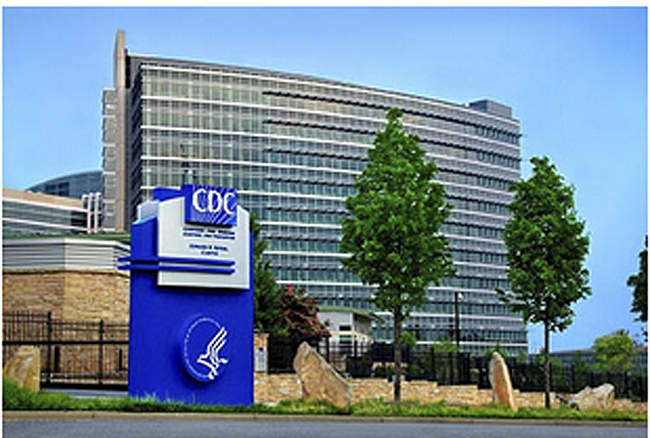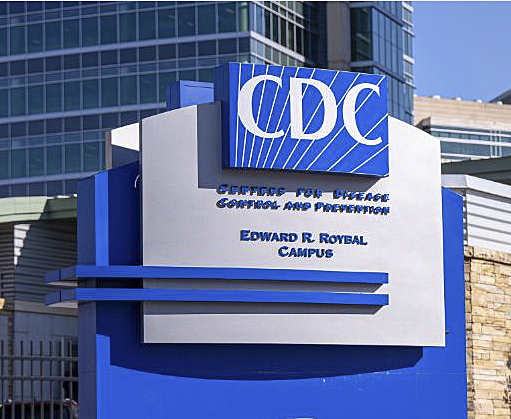Violence, mental illness, and the brain — A brief history of psychosurgery: Part 2 — From the limbic system and cingulotomy to deep brain stimulation
Abstract — Knowledge of neuroscience flourished during and in the wake of the era of frontal lobotomy, as a byproduct of psychosurgery in the late 1930s and 1940s, revealing fascinating neural pathways and neurophysiologic mechanisms of the limbic system for the formulation of emotions, memory, and human behavior. The creation of the Klüver‑Bucy syndrome in […]



